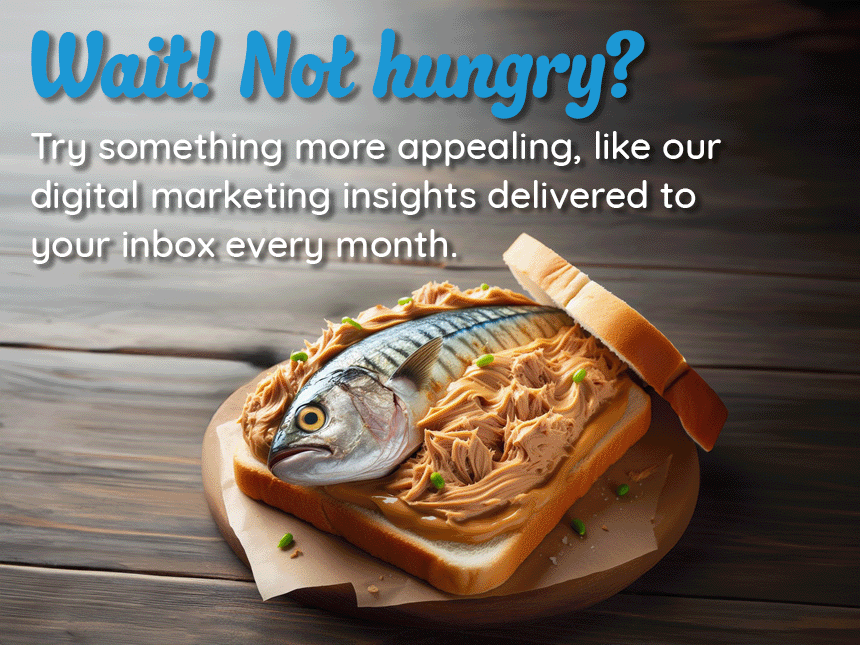Content Distribution: What Is It? Why Do You Need It? What to Expect

There are so many great, useful digital marketing tactics available today. It can almost feel overwhelming to be asked to choose what will and will not be a good fit for your business. This is also complicated by the fact that (ironically) marketing firms sometimes fail to properly explain and market their services to clients. How do you know your site needs SEO if you don’t know what SEO does and how it can benefit your business? How do you know you need to be creating drip campaigns or social strategies when you aren’t shown the value and potential benefits of these tactics?
We want to help. In life, you turn to Google for answers to your everyday questions. In business, we want you to feel that you can turn to Arc to increase your digital marketing knowledge.
Let’s start with a commonly undervalued and misunderstood tactic – content distribution.
What is Content Distribution? – Marketing Definition
Content distribution is a tactic used to build brand awareness, reach new markets, increase understanding of your product or service, and use related topics to introduce your brand to new audiences.
So, what does this really mean?
What is Content Distribution? – Top Level Definition
Content distribution is creating strategic content that will be placed on other websites, through paid sponsorship’s, to educate potential customers about your product or service and ultimately generate new traffic to your website.
Why Do You Need Content Distribution?
Content distribution is a great way to promote your product in a natural, organic way. If done well, it doesn’t feel like a paid ad. It can instead feel like a tasty nugget of information gleaned from a great, informative, enjoyable article.
Imagine you’re reading an article about the best ways to start eating healthier. As you read you learn about an ice cream that has health benefits and you see a link to their website to learn more. Score! This article presented great, relevant information for the reader. The reader now knows about a new product, and that company has potentially gained a new customer.
Want More Information on How This Works?
Here is an example:

You are the proud owner of an organic, specialty tea company. You create amazing tea that not only tastes good but also has multiple health benefits: clear skin, youthful glow, increased hydration, etc. You drink this tea and a week later you are essentially Benjamin Button. It’s an amazing product, a product that Gwyneth Paltrow and Oprah would fight over cage match style, but because the market is so saturated you don’t have much of a chance to rank in Google and paid ads will be very expensive. What do you do? How do you climb through the noise and reach the consumer? Your answer? Content distribution.
You, the owner of a tea company that has the potential to become very popular, can create content that is an 80 / 20 split. 80 percent of the content should be valuable, interesting information for the consumer. 20 percent of the content can be focused on your brand and getting people back to your website via relevant links. For example, a few article topics your tea company could write would be:
- 10 Ways to Improve Your Health Naturally
- Why You Should Stop Drinking Coffee and Start Drinking Tea
- Why More People are Drinking Tea
These articles could be placed on sites that promote wellness, nutrition, and natural products, websites like Women’s Health or Shape. These would be paid placements and should be identified as such. You want readers to enjoy the content and find your information organically, but it is unethical and a faux pas in Google’s eyes if you do not alert them to the fact that they are reading a sponsored article. And as all digital marketers know, you never want to be on Google’s bad side.
Note: bigger, national websites with an easily recognized brands will cost more to post articles. Small businesses or businesses looking to dip their toes into content distribution may want to try a local website or a smaller website with a loyal following.
What to Expect?
Expect more traffic and more awareness about your brand!
Yes, more traffic and increased awareness is the overarching goal – but it requires you to do three things:
- Select good content partners. This means you need to select the right websites to place content on. You may be surprised that smaller websites bring more qualified traffic. Test a few websites to find out what works best for you.
- Write content that resonates with your audience. You need to select topics that people are interested in. Test different topics and see which topics bring the most traffic to your website and which topics bring the most qualified traffic to your website.
- Track your success. You can track traffic and conversions that come from content distribution or you can partner with a digital marketing agency that will do that reporting for you. It’s your choice, either way you definitely need to track your success in order to understand whether content distribution is the right digital marketing tactic for your business.
Want more information about content distribution? Contact us to talk to a content distribution expect.



